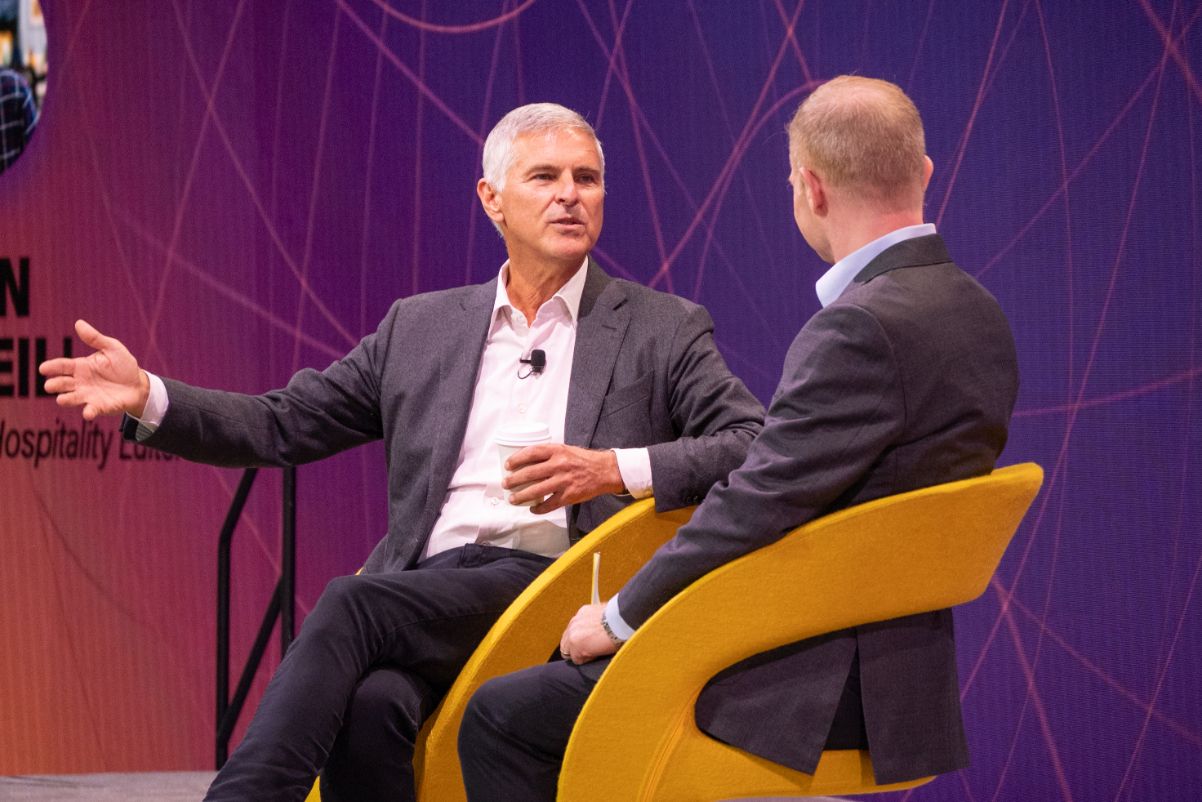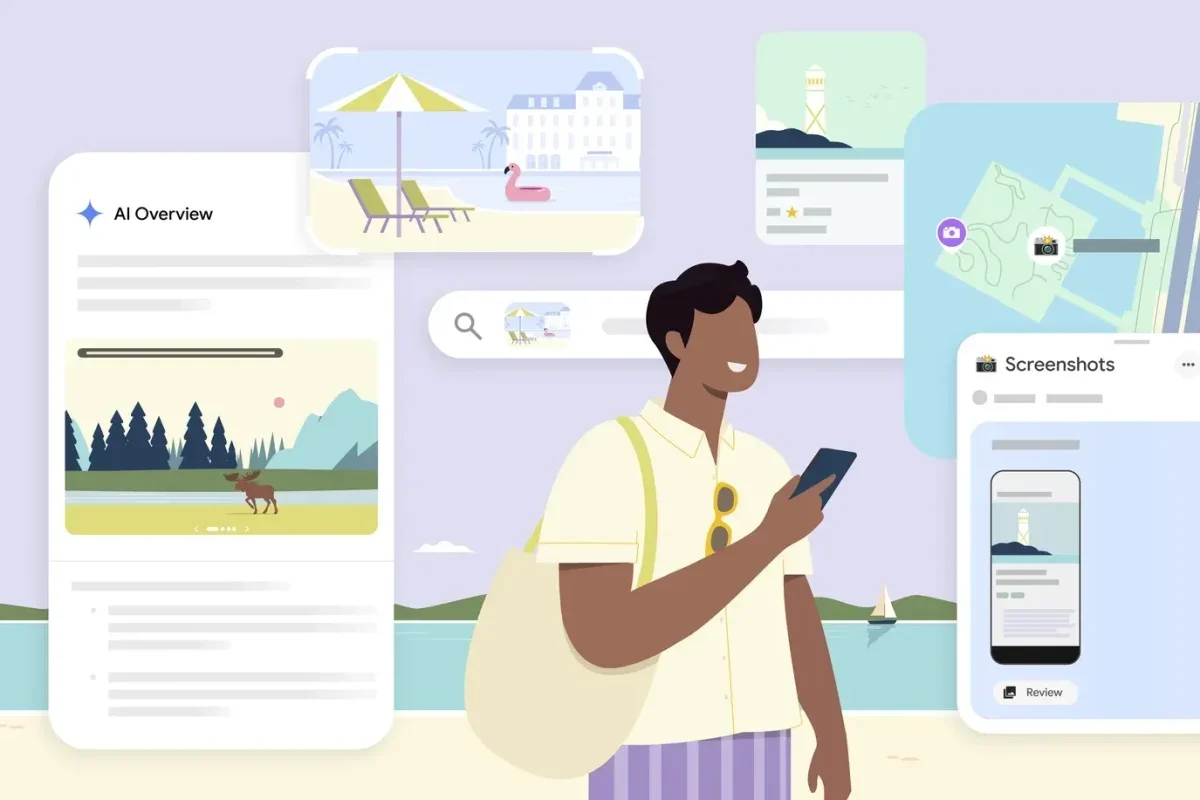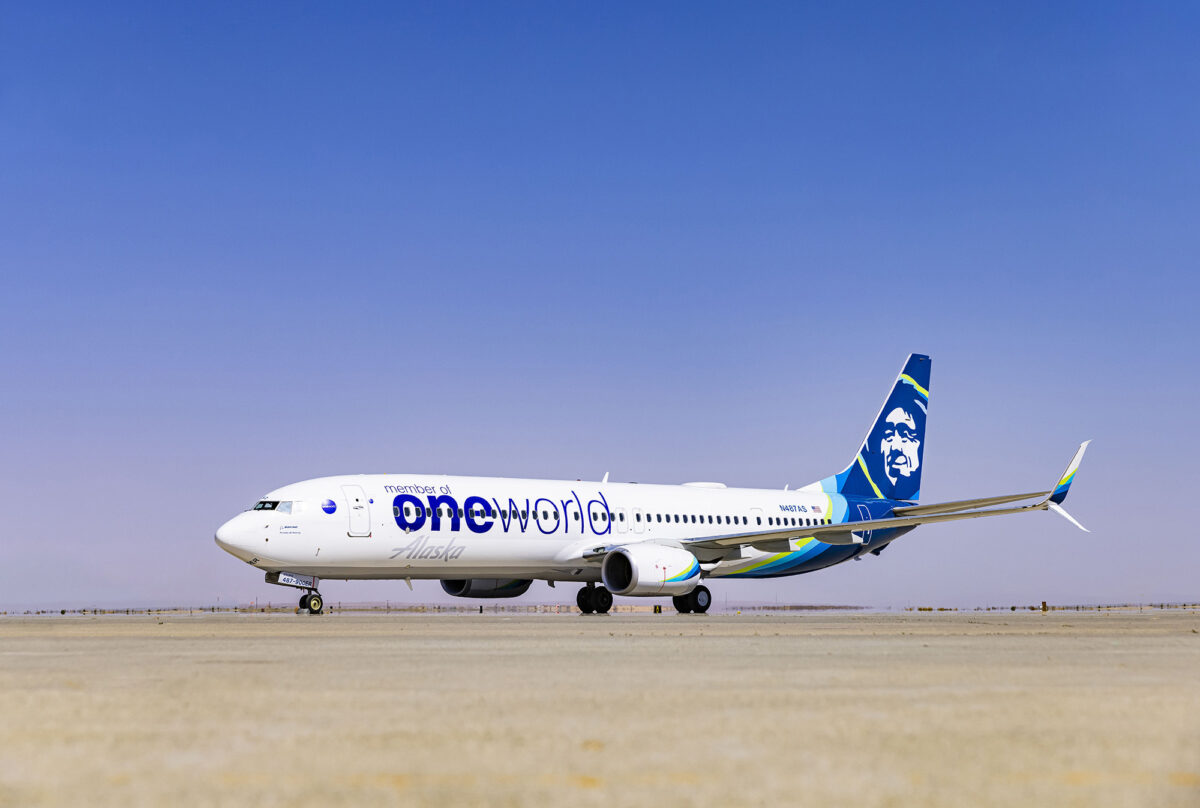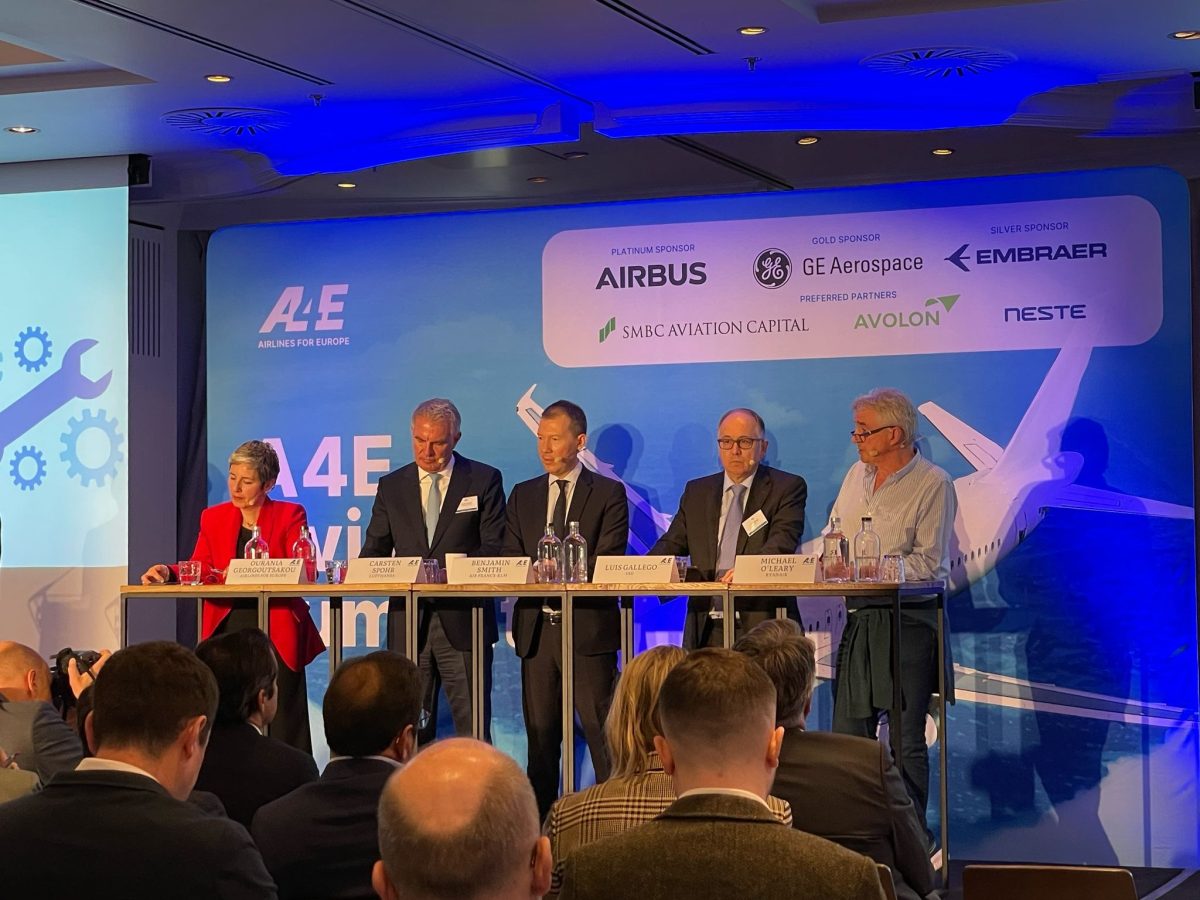Hotels Are Betting Big on Brand Conversions Coming of Out of the Crisis: Is That Smart?
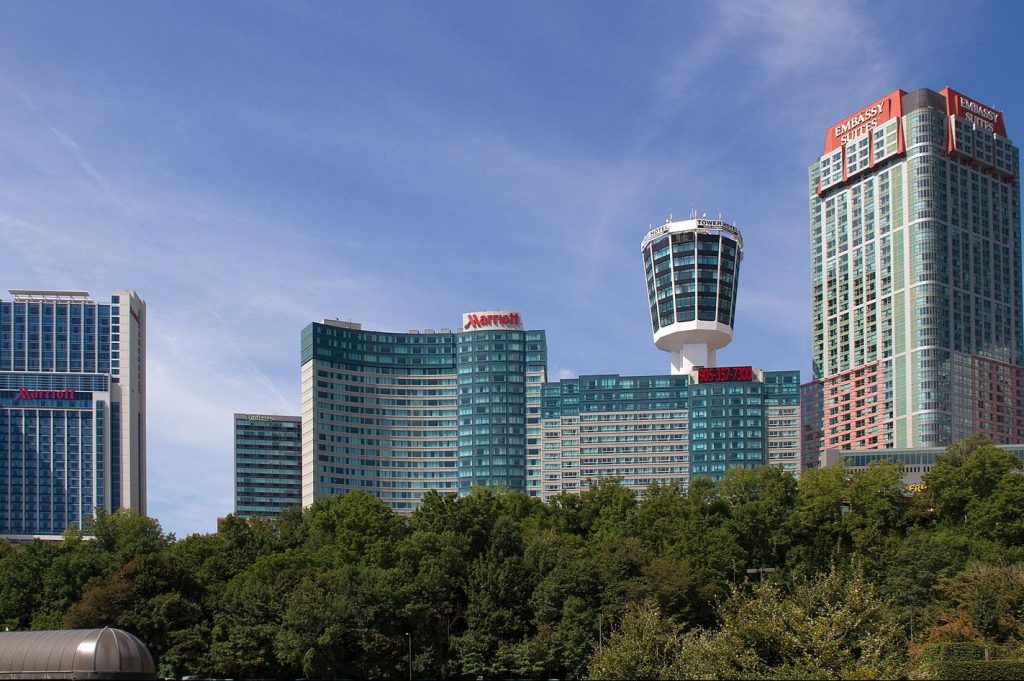
Skift Take
The world’s biggest hotel companies are banking on brand conversions to fuel growth out of the coronavirus downturn in travel. But changing flags on a property isn’t always a silver bullet to drive new revenues.
Travel demand plummeted in the first quarter while coronavirus spread around the world. But hotel executives still saw opportunities amid the turbulent environment. The chief executives of global hotel companies like Wyndham, Hyatt, and Marriott all mentioned growth over the next few years would likely stem from properties converting to a flag under their respective brands. But not everyone is convinced conversion talks will pan out as easily as some of these companies expect.
“Oftentimes in smaller markets, it’s sad to say, but independent hotel owners are impacted when a person comes to their front desk with the business card of a larger corporation. They can’t help but think, ‘Oh, maybe this will save me,’” Magnuson Hotels CEO Thomas Magnuson said. “People keep thinking some brand is going to come save them. No. If a hotel has a good location, good ethic, and really reaches out to local business drivers, chances are they’re still going to do well.”
Get the Latest on Coronavirus and the Travel Industry on Skift's Liveblog
Downturns in the economy are when big brands and online travel agencies often pitch their services — global distribution, high-tech booking systems, widespread consumer confidence — to independent hoteliers. Wyndham Chief Financial Officer Michele Allen noted on the company’s first quarter earnings call last week that Wyndham earmarked $30 million for development opportunities like converting independent hoteliers to its variety of economy and mid-scale flags.
The bigger brand's conversion strategy touches an area where Magnuson Hotels, which bills itself as an affiliation of independent hotel operators, operates: roadside, secondary, and drive-to markets.
“Of course, we have to pay attention to all those things,” Magnuson said. “But I do not see strong evidence that U.S. independent hotels that have operated without a traditional flag are going to seek a large scale franchise as their life source out of this.”
The Conversion Conundrum
Data suggests brand conversions do typically benefit hotel owners — depending on what direction they are scaling the conversion.
A 2015 Cornell University study focused on 260 brand conversions that took place between 1994 and 2012 compared to 2,750 hotels that did not change brands. Independent hotels that converted to a brand affiliation saw occupancy increase by an average of nearly 7 percent, according to PKF Hospitality Research data used in the study. Conversions overall generated about a 6 percent average increase in occupancy.
But the report notes conversions moving downscale work better at improving occupancy and profits than conversions aimed at making a hotel more upscale. Operators in the Cornell study who executed conversions aimed at keeping a property within the same brand family or moving upscale, where fees are often higher, generally did not see material changes in revenue or profit.
The financial factors could weigh on operators wondering if the crisis is the right time to pursue a new flag affiliation. While the big brands recognize their growth by conversion forecast is a result of construction lending drying up for new hotels, brand conversions still require capital to renovate properties up to their new brand standards. A 2013 New Orleans Ramada Suites-to-Holiday Inn Express & Suites conversion cited in the Cornell study cost $2.7 million.
“They’re saying there’s no money for new construction, but if you want to convert to a new brand, you still have to put money into converting to whatever you’re going to be,” said Makarand Mody, a professor of hospitality marketing at Boston University. “You can’t just put a logo up and say you’re now this new brand.”
Money Talks And Fees Make Some Walk
The big brands will still have a convincing argument for hotel operators to sign a new franchise agreement in the next few years. Along with their brand awareness, distribution channels, and marketing budget, big brands are likely going to offer what initial travelers during the coronavirus recovery crave: heightened health and safety standards. Executives with all the global brands like Hyatt, Marriott, and Hilton who mentioned conversion activity also touted new cleanliness standards for their portfolios.
“Standardization is going to very much come back into favor,” LW Hospitality Advisors President and CEO Daniel Lesser said. “You go to a McDonald’s, you know what you’re getting. That mindset was prevalent in the hotel industry 30 years ago and has evolved over time. I think you’ll see a snap back, and brands are really well-positioned to accept these entries because they have a whole menu.”
Marriott added just over 13,000 rooms to its portfolio through brand conversions in the first three years after the 2008 financial crisis, according to Skift research. But that figure is likely to balloon in the coronavirus recovery because the world’s largest hotel company is now armed with many more brands following its Starwood merger and has a playing card that would likely appeal most to boutique hoteliers: soft brands.
Marriott’s Autograph Collection is a group of independent hotels that still tap into the company’s distribution channels and marketing budget. Hilton has its Curio Collection, and Choice Hotels has its Ascend Hotel Collection.
“The conversion vehicles we have now compared to the last downturn is meaningfully stronger,” Marriott Chief Financial Officer Leeny Oberg said Monday during the company’s first quarter earnings call. “One of the differences between now and the Great Recession is our strong portfolio of soft brands. There’s an interest in those brands around the world.”
Mody and Magnuson aren’t convinced everyone is as interested as bigger brands may believe.
Once an operator pays to renovate a property to new brand standards, they also face a wave of fees to remain a part of the brand family. Initial franchise fees can run in the tens, if not hundreds, of thousands of dollars depending on the luxury scale of the property. Then come marketing fees, reservations fees, and a percentage taken of total room revenue. That can be tough to accept at a time when travel demand is so uncertain.
“The market has changed completely, and I’d expect in such a situation some hotel owners would be tempted by the big marketing dollars these brands have at their disposal,” Mody said. “But I don’t think it’ll be that simple a process. There are so many variables that come into play.”
Leaders at brands like Hyatt hinted on earnings calls that incentives like key money, fee waivers, or other modes of financial help might have to be leveraged in the competitive conversion landscape once the industry throttles out of survival mode into recovery. Magnuson Hotels is already planning its own defensive tactics, with a capital expense program for hoteliers to renovate properties and garner a rebate on fees he notes are less than half of what bigger brands charge to franchisees.
“It is going to be a very tough battle going forward among the people who offer these big platforms,” Magnuson said.

